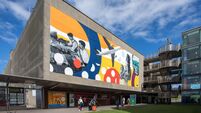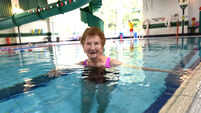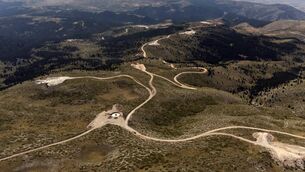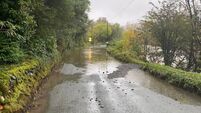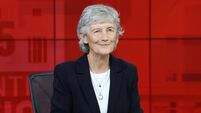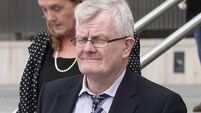'We’ve had a man try and bring a car engine in their luggage': Behind the scenes at Cork Airport

As a mark of the airport’s success, a €200m investment into the airport was announced in May. Picture: Neil Michael
There is a reason why some staff at Ireland’s fastest growing air hub dub Cork Airport the “healing airport”, and its car park operations crew can explain why.
Bernard Dooling says he and his team have found a huge amount of crutches and walking sticks both in departure and arrivals lounges, as well as the airport’s various car parks.
“We recently had a person have their walking stick delivered back to them via courier back to Canada,” he said. “We have found electric wheel chairs, and with the amount of crutches we have found, we must be the healing airport.
“People come in on crutches, they go home without. I'm not sure what exactly happens before they go and when they come back, so we must be the healing airport.”
The mysteries of lost crutches is one thing but they are only a tiny amount of what passengers leave behind.
“Everything imaginable has come through our system,” says Bernard, the airport’s car park operations team leader.
The list includes everything from the ashes of a loved one, car batteries, glass eyes, false teeth, mobile phones, iPads, and laptops. They have also found an empty bird cage.
The lost property office even has a section reserved specially for the amount of Apple AirPods that get discovered on a regular basis.
All lost property is handled by both the Car Park Operations team and the airlines themselves and their ground handlers.
Anything left on board an aircraft is generally dealt with by the airline or the ground handlers while anything that's left in the building or on the campus is dealt with by the car park operations team.
People invariably get back in touch with Bernard and his team, and while all have to pay the cost of couriers to get their items back, some are so grateful they send back chocolates.
“If you've lost your phone, you'd come back for it,” Bernard said.
“But, also, if you have lost a cuddly toy, a bear, a tiger, a rabbit — those are just as important for a young child as an adult missing their new iPhone 16.”
When this reporter was interviewing Bernard, a man arrived at the car park office looking for his lost car key.
Hakeem Suleman, from Nigeria, was looking for the key to his Mercedes-Benz.
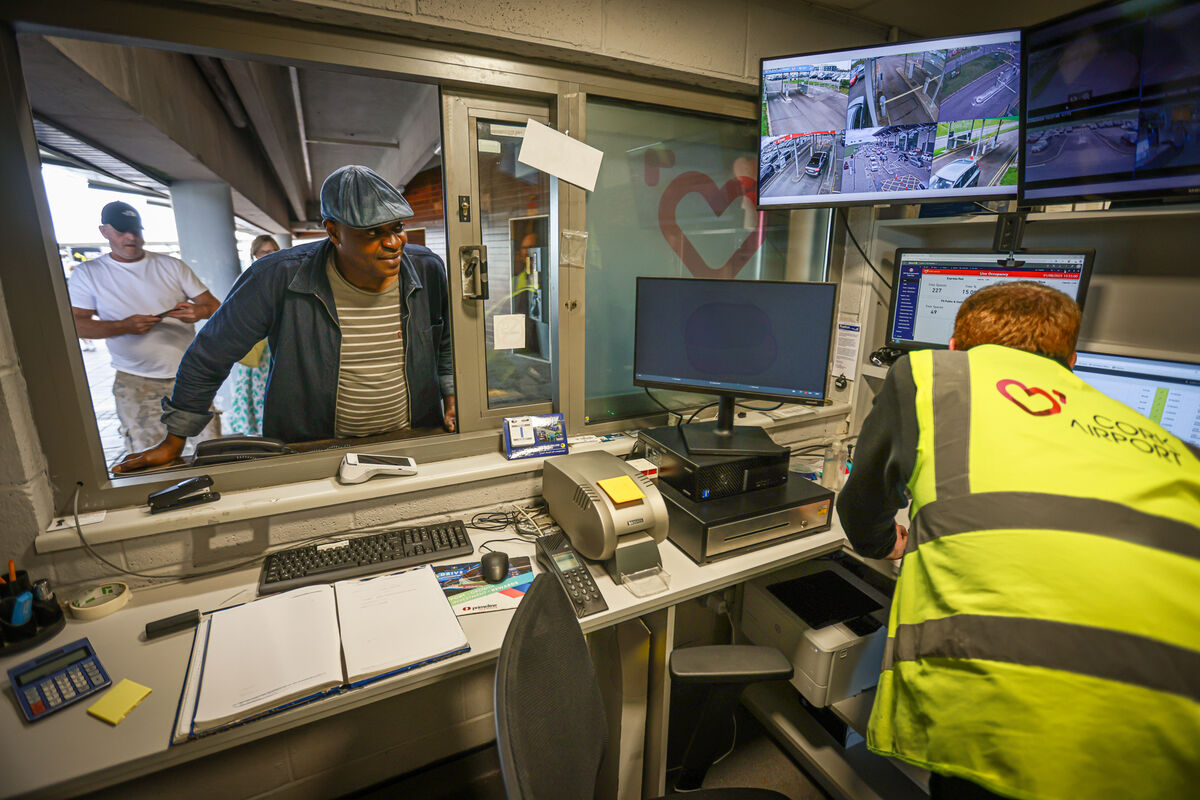
While some left-behind items might raise a wry smile, some of the items found by airport police duty Sergeant Tom O’Brien and his team over the years have been of more concern.
“Some of our passengers have bought them cheaply here in Ireland in a supermarket and put them in their luggage to take back home.
“We have also had a few issues with animals and insects, especially spiders.
“Most people will declare they have them but we have managed to prevent those who don’t from boarding with them.”
As well as ensuring security at the airport 24 hours a day, seven days a week, he and his team are also trained aviation firefighters.
They and Bernard’s team are part of the army of some 2,000 full-time employees who work across the wider airport campus to ensure passengers' time there runs as smoothly as possible.
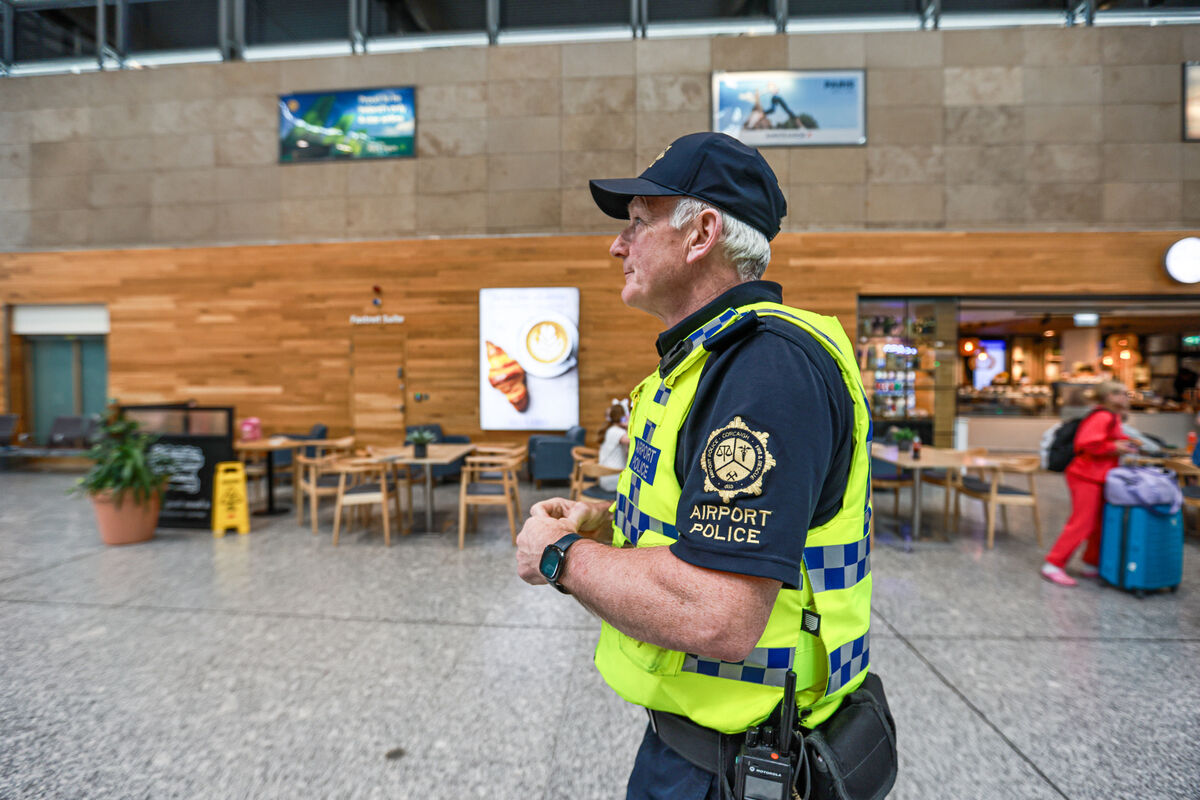
While some staff days can start at any time, like the airport police, most start about an hour before the first passengers start arriving at around 4am.
They include the car parks and operations teams, cleaners, catering staff, security staff, check-in staff, baggage handlers and other ground crew, as well as flight attendants and pilots.
Everything is geared from around the arrival of the first flights of the day to the last of the departures.
On Saturday, for example, the first flights — which left around five minutes ahead of their scheduled departure time — to leave were Aer Lingus’ 5.40am to Dubrovnik and Ryanair’s 5.45am to Lanzarote.
Among those checking in the day before were Cornell Bachmann and Regula Wild, the son and daughter of Colonel Albert Bachmann, the man dubbed the James Bond of Switzerland.
He was the colourful former Swiss intelligence officer who moved to West Cork with his wife and bought up land and property, including Liss Ard House near Skibbereen.
He apparently bought the secluded country house on behalf of the Swiss government as a safe Cold War times bolthole in case of nuclear attacks.
Accompanying them at the check-in desk for the 4.50pm Edelweiss flight to Zurich after four days filming in Cork was Irish documentary film maker, Daire Collins.
He and his crew are making a documentary about Col. Bachmann, and were due to fly to Zurich before driving down to Italy to continue filming.
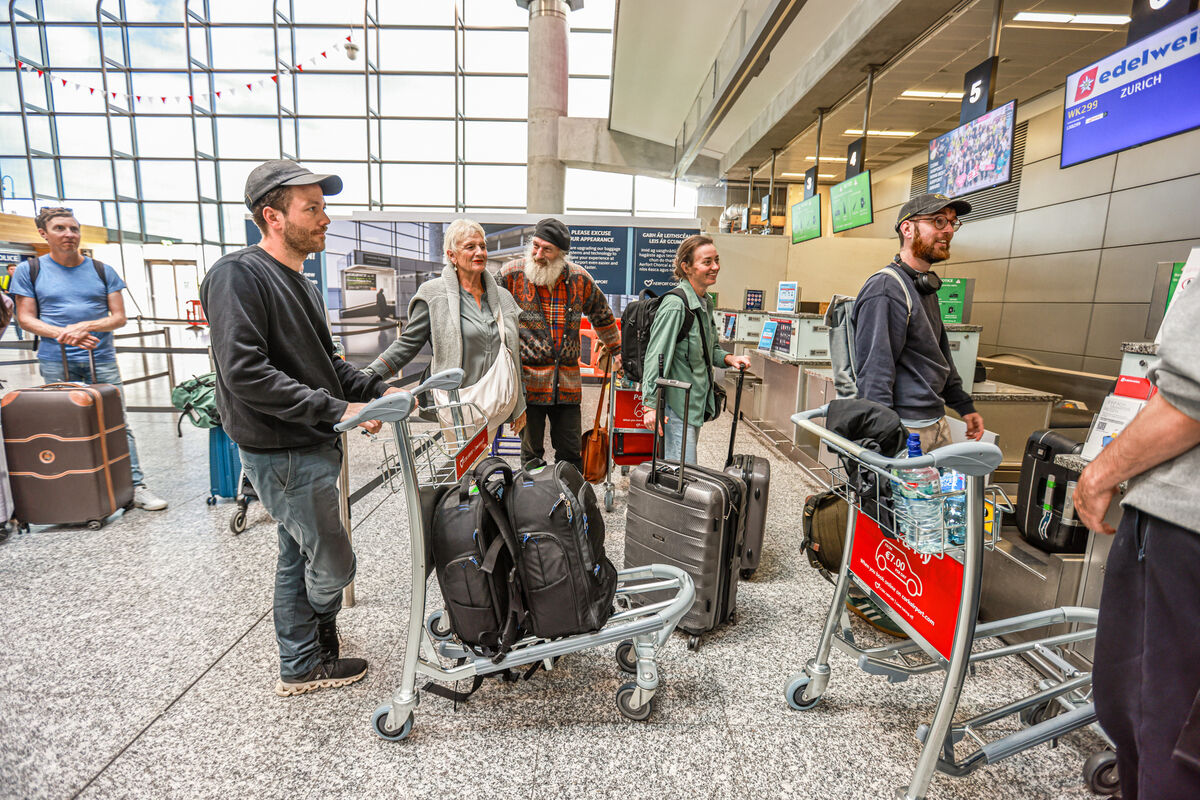
Regula, who has flown in and out of Cork Airport on numerous occasions, said she loves using the airport.
“I'm very fancy about this airport,” she said. “I think it's great. It's not swamped with lots of people and everybody's so nice.
“We can always just go everywhere without waiting too long.”
Arriving around the same time as Regula was leaving was the Brault family.
Killarney native Kerrie Brault arrived from Paris with her 37-year-old French husband Boris, an aeronautical engineer, their daughter Lily, seven, and son Vigo, five, to be met by their grandfather Johnny Burns.
The family live in Texas, and after spending time with Boris’ family in France, Kerrie, 34, was coming home to spend time with her family in Kerry.
Struggling to get a word in edgeways as her children danced around her, she said herself and her family prefer flying into Cork because it is “less hassle” than Dublin Airport.
“It’s not just that it is nearer to Killarney,” she said.
“It’s smaller, it’s quieter and just less busy.”
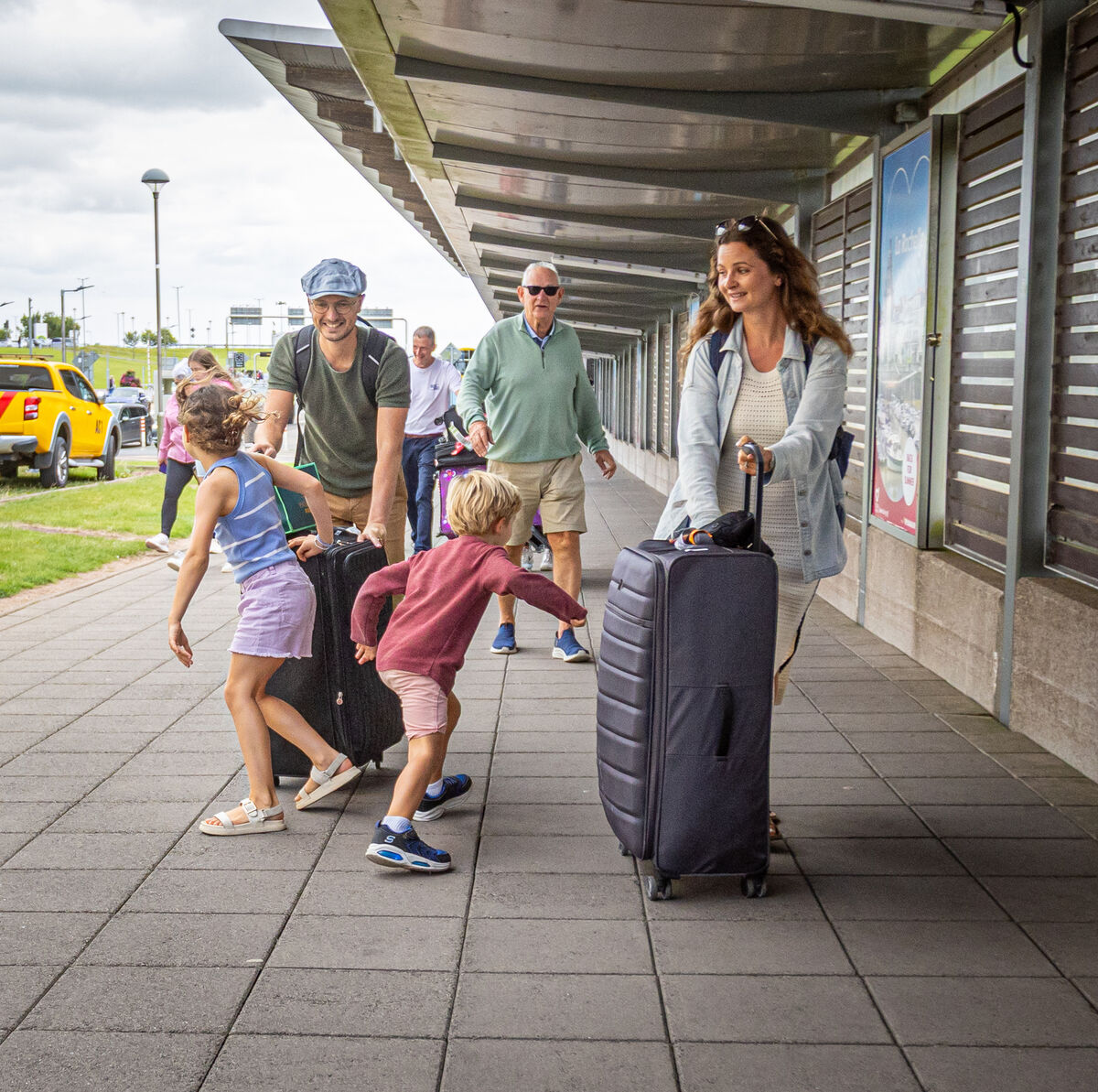
On a previous Friday, earlier in the year, Trinity Alary with her partner Harry O'Hanlon were among the first to arrive at Cork Airport, for their early morning flight to Tenerife.
Harry, an outdoor instructor with the Kinsale Outdoor Education Centre, regularly uses the airport and likes it for its “laid back” atmosphere.
As they waited at 4am for their check-in desk to open, Trinity added: “There is not too much rush, people are nice and it’s just not as busy as Dublin, and there just isn’t the sort of distance to walk to departure gates like there is in Dublin.”
While some people turn up about two hours before their departure time, the airport advises people to arrive 90 minutes before their flight.
Communications manager Barry Holland said: “We'd always advise 90 minutes because what you want is an efficient throughput of passengers.
“Some people are extra cautious and they give it two hours.
“Other people, however, call it closer to the bone and they've come maybe 60 minutes before a flight but we wouldn't encourage that by any means.
“We'd always say 90 minutes is the optimum time for an efficient experience.”
While passengers get to walk away to enjoy a browse through duty free or grab a bite to eat or get a drink at the bar, which opens at 4.30am, a small army works under their feet on the ground level.
Central to this is the airport’s so-called HBS (hold baggage screening) system which screens checked baggage to detect explosives and other potentially lethal contents.
Once the luggage is cleared, it is put on a conveyor belt to a holding area a few hundred feet from where the aircraft is parked and put into baggage bins.
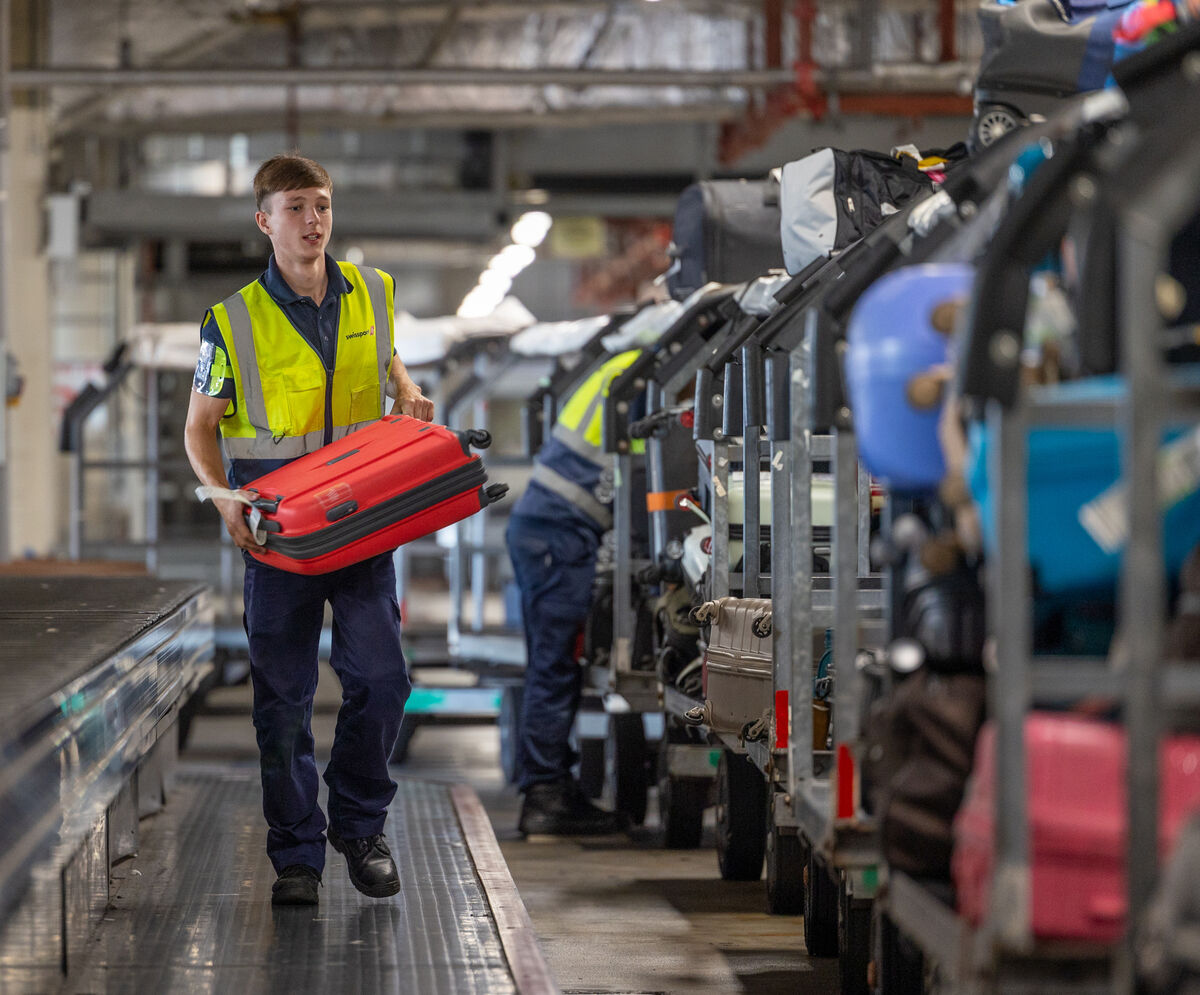
Aer Lingus loads all its luggage into small containers before they are then put into the aircraft hold.
Apart from anything else, this makes it easy for the airline to trace the luggage of somebody who has failed to turn up, as aircraft cannot leave with a missing passenger’s luggage.
Although a fairly efficient system, having to fetch it out can delay a flight by as much as 15-20 minutes.
Aer Lingus operations manager Vincent Healy is another person at the airport who can talk about interesting luggage.
“We’ve had a man try and bring a car engine in their luggage,” he said.
“We caught him.
“We used to take animals on board, but we don’t anymore.
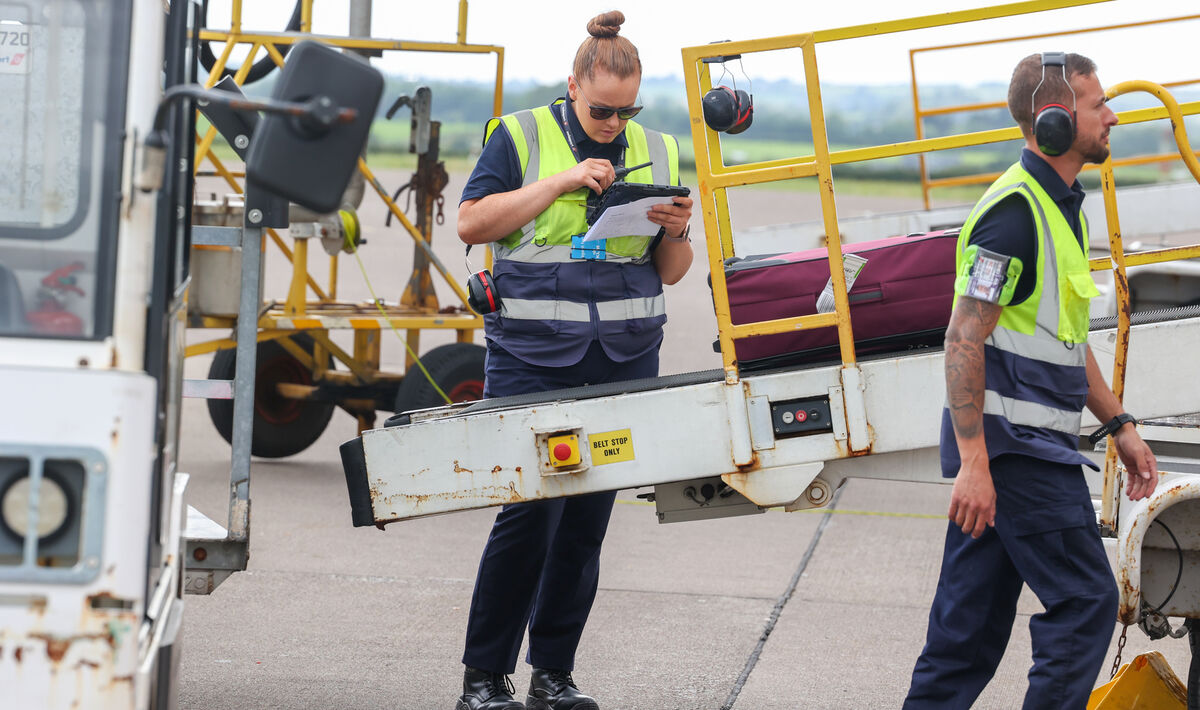
“We do get musical instruments, and I’ve seen a few interesting ones over the years.
“The musicians include Johnny Cash and Bob Dylan. I’ve held their guitars, or at least guitars from their group.
While Cork Airport’s friendly and laidback atmosphere may well be one of the hallmarks of its success, it is growing at a considerable rate. Passenger numbers, for example, have grown by 20% over the last five years.
It is on course to break all its ‘busiest ever’ weeks and surpass all previous weekly records if its latest passenger stats are anything to go by. This June, for example, was the busiest June in the airport’s 63-year history.
Then last month saw the week July 21 to July 28 ending up as the airport’s busiest ever week, and that status looks set to be beaten again over the last seven days.
As a mark of the airport’s success, a €200m investment into the airport was announced in May.
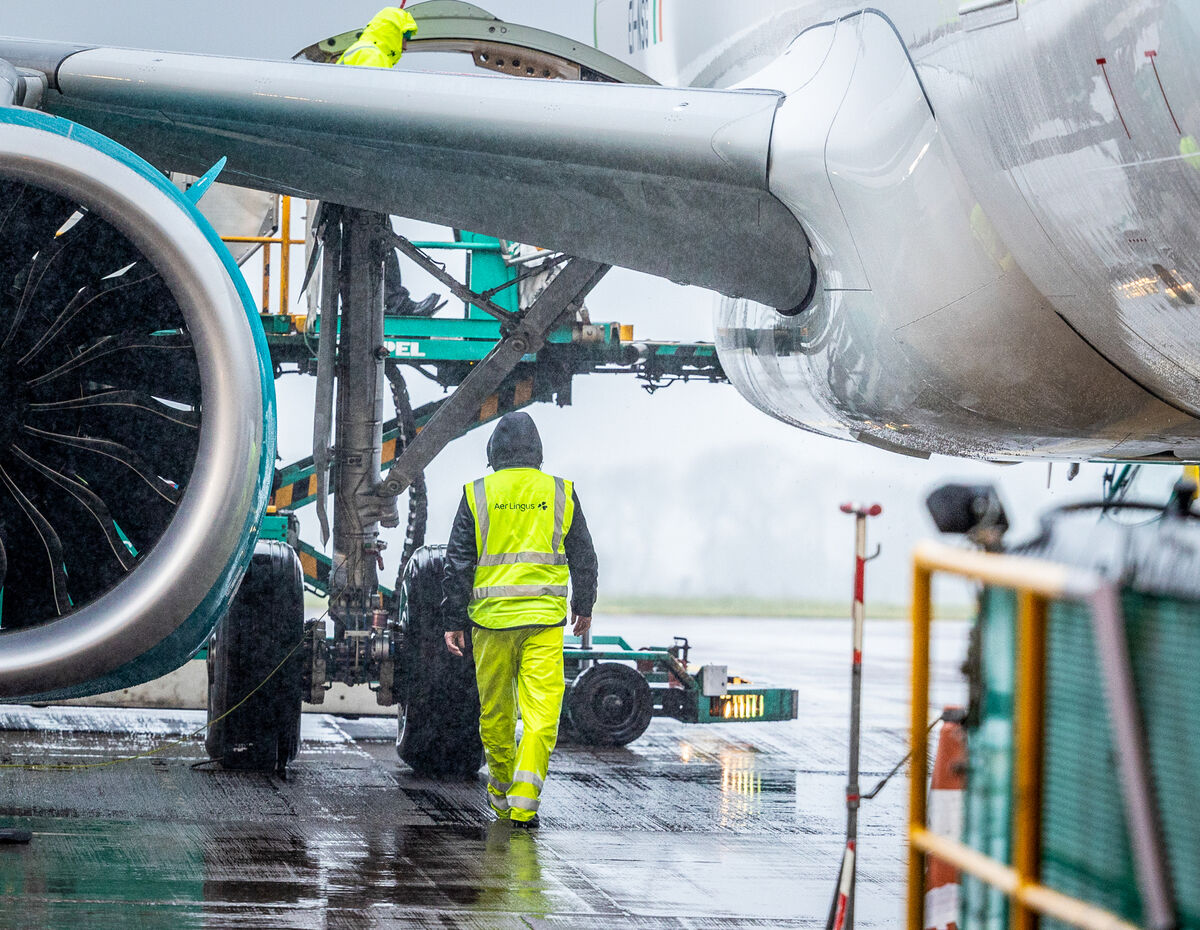
The most significant capital investment plan for Cork Airport in nearly a quarter of a century, the Cork Airport Capital Development Plan was officially launched by Taoiseach Micheál Martin.
It is expected to “future proof” the airport’s infrastructure for expansion for the next decade.
The key aspects of the plan include the construction of a new mezzanine floor with a state-of-the-art passenger security screening area.
There will also be a new larger duty-free shop, a new larger executive lounge as well as additional boarding gates and an extension of the existing car parks.
In addition, the demolition of the old terminal and old control tower will allow for the construction of a new pier with more boarding gates and aircraft parking stands.
When it was announced, Cork Airport MD Niall MacCarthy described the airport’s “USP” (unique selling point) as its “friendly, easy, no-stress travel with short walking distances from car parks to gate”.
He said the new investment coupled with the airport’s “magic formula for passenger satisfaction” will see passenger numbers increase to five million a year within the next six to 10 years.
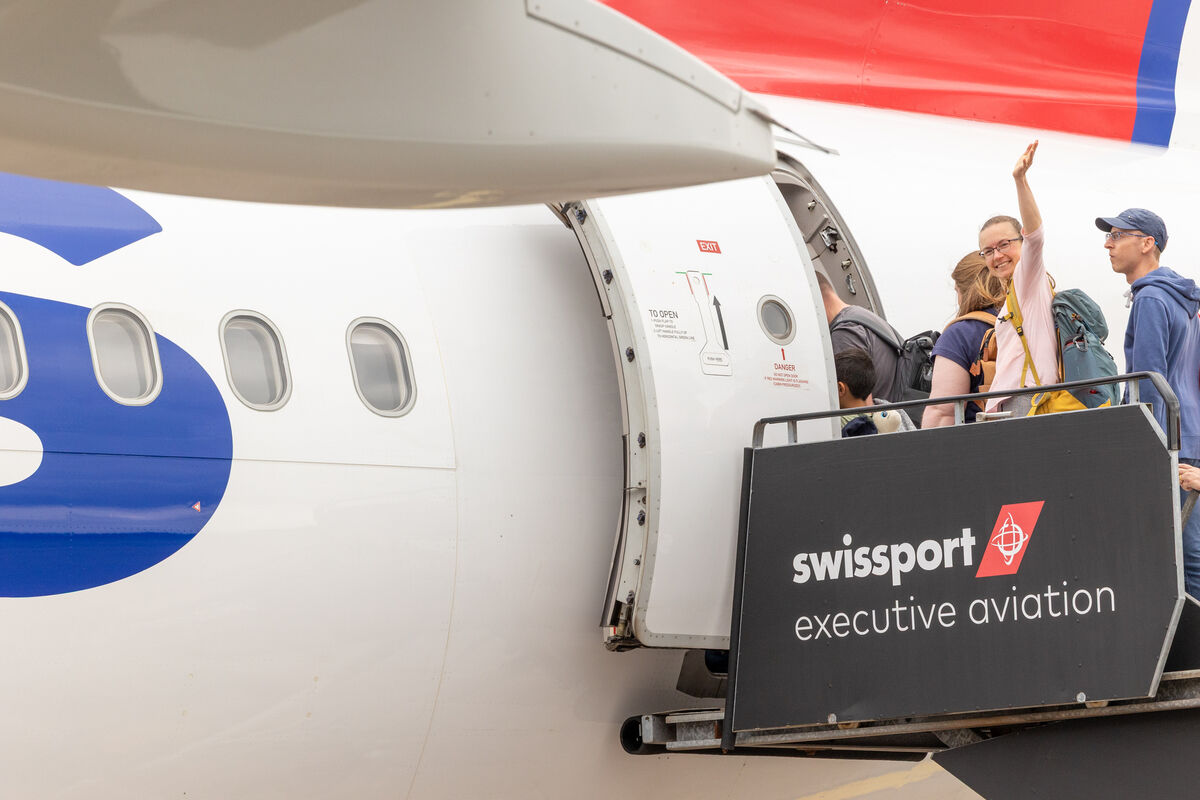
But with the move to expand and become - in effect - as big as airports like Dublin, is there a risk Cork could end up losing the very thing that makes it as popular an airport as it is among its ever-growing number of fans?
Could it become a victim of its own success?
Barry Holland, the communications manager, is quick to pour cold water on “that narrative”.
“While passenger numbers are growing, so too are infrastructural capabilities,” he said. “We are always looking towards the future, and right now we're well staffed and well resourced.
“As we grow, so does the infrastructure. As more and more flights come on board, we will need — and get — more gates, more stands and more spaces for aircraft to park.
“These needs all feed into the €200m capital development plan that's being scoped out at the moment. Our passenger numbers are growing, so the infrastructure needs to grow with it.
“We'll still offer the same friendly customer service that we always have offered and that is the utmost priority. So no, we won't lose the same friendly, fast experience.
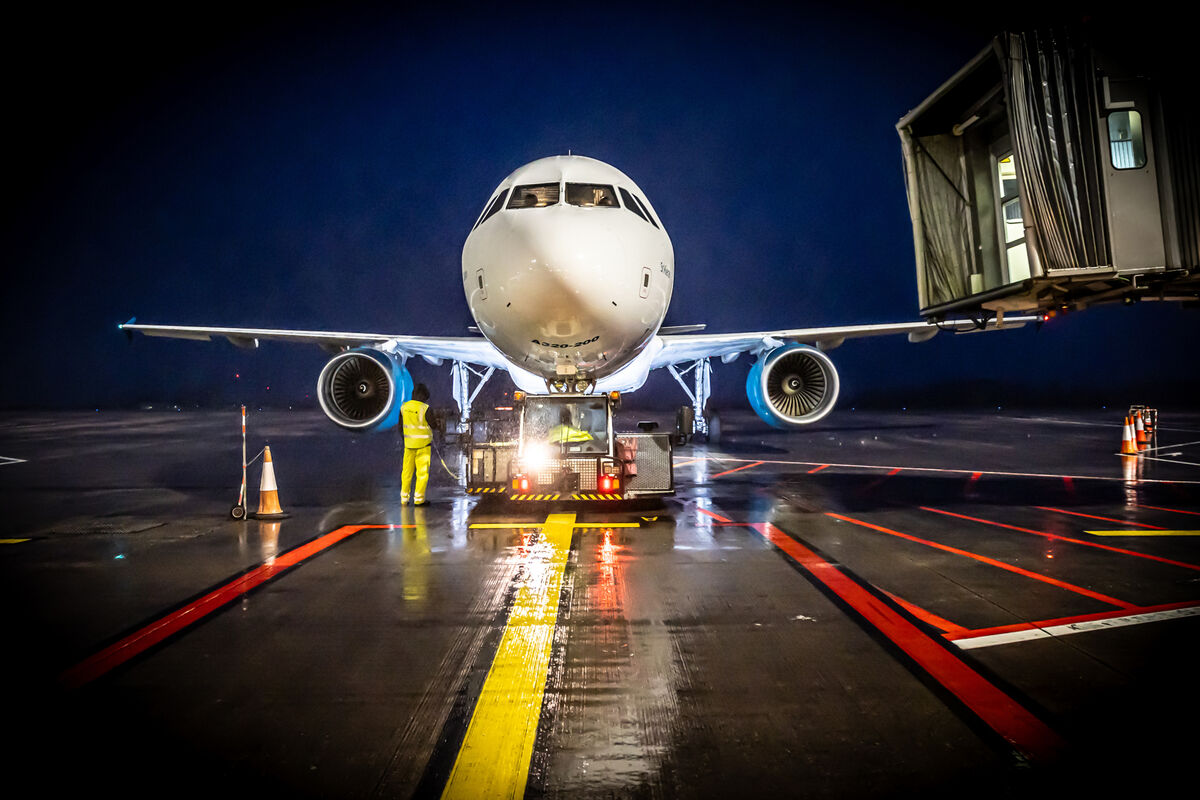
“The personal touch and the efficiency would always be the same because we will always make sure that we're adequately resourced and prepared.”
Whether or not Cork Airport could get so big it could end up — like Dublin Airport — having its expansion plans capped, he also poured cold water on that too.
The cap is a limit on the number of passengers allowed to enter Dublin Airport’s two terminals.
Set at 32 million passengers per year, it was a condition of the planning permission granted for the construction of Terminal 2 in 2007.
A main reason the cap was put in place was to limit traffic pressure on the access road infrastructure at Dublin Airport.
However, much of the opposition to the cap — led by the airport operator DAA — is the fact that around a third of all passengers come to the airport by bus.
Added to this, Dublin has also since become one of the biggest connecting hubs for America and Europe, so many passengers never even leave the airport.
“We don’t have the same issues as Dublin Airport,” he explained.
“No such cap applies to Cork.”
So, the sky is the limit in terms of expansion?
Without hesitation, he replies: “The airport carpet will grow and continue to keep growing. The sky literally is the limit.”
- Cork Airport is worth over €1bn to the Irish economy, supporting over 12,000 jobs — both directly and indirectly. The vast majority of those jobs are in the tourism and hospitality sector.
- Some 50 different airports are direct destinations for flights from Cork Airport across the UK and Europe. The vast majority of inbound and outbound flights are commercial passenger jets and only a small number are either cargo or executive jets at any one time.
- The largest of all the airlines to operate there is Ryanair, and it flies to over 30 routes from Cork Airport, while the latest airline to join the roster is SunExpress, which started this year.
- The most popular jet is the Boeing 737-800 or Boeing 737-8200 (MAX 8), both operated by Ryanair. Following that, it is the Airbus A320.
- Capacity onboard a standard Boeing 737-800 is 189 passengers, while a Boeing 737-8200 has a capacity of 197 passengers.
- Capacity onboard an Airbus A320 can vary between 174 and 184 passengers, depending on the type of aircraft.
- Just about any size plane can land at Cork Airport.
- In the past, the largest size aircraft that landed at Cork Airport was a Boeing 747, and several have over the years, from promotional visits to rugby charters and emergency landings.
- There are two runways at Cork Airport.
- The longest is Runway 16-34 and at 2,133m long — or just under 15 Páirc Uí Chaoimhs. it is the main jet capable runway.
- It was rebuilt during covid in 2021 and instead of taking nine months to complete, the €40m project took considerably less.
- Cork Airport decided to take advantage of the huge drop in passenger numbers due to the pandemic to fully close the airport from September 10 for 10 weeks and it was opened by the then Taoiseach Micheál Martin in time for Christmas that year.
- The secondary runway, which is also known as the “cross runway”, is shorter at just 1,310m and is limited in the types of aircraft it can accommodate.
- The airport is open 364 days per year, except for Christmas Day.
- However, while the airport is closed on December 25, it has a skeleton crew on duty in case a flight requires an emergency landing or if the coastguard helicopter needs to land.





